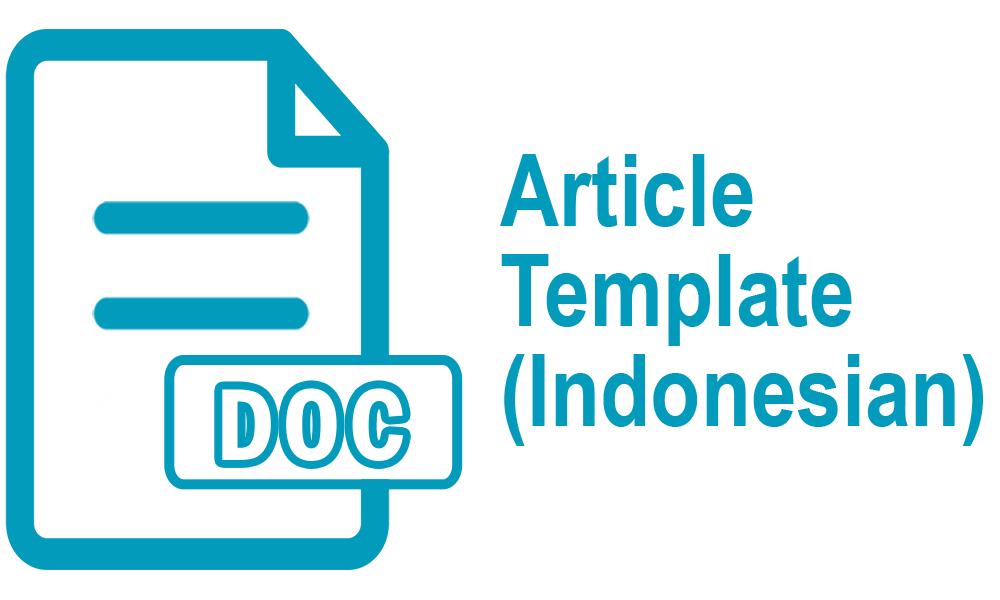Impoliteness Strategies Used by Main Characters in Fury (2014) Movie
Abstract
ABSTRAK
Bahasa merupakan sebuah hal penting dalam kehidupan manusia untuk berinteraksi satu sama lain. Sebagian orang hanya mengucapkan apa yang mereka inginkan dan terkadang menggunakan kata-kata yang tidak sopan. Penggunaan kata-kata tidak sopan oleh mereka adalah untuk mengejek orang lain, dan kata-kata tersebut tidak nyaman didengar oleh orang lain. Beberapa faktor menyebabkan orang bertindak tidak sopan, terutama dalam ucapan mereka, kekuasaan, usia, dan cara-cara lain yang membuat orang berpikir mereka memiliki lebih banyak kekuatan daripada yang lain. Berdasarkan hal tersebut, terdapat sebuah teori yang berfokus pada bagaimana orang menggunakan kata-kata tidak sopan sebagai strategi dalam berkomunikasi. Strategi ketidaksopanan yang dikemukakan oleh Jonathan Culpeper digunakan dalam penelitian ini untuk menjelaskan bagaimana ketidaksopanan digambarkan dalam film. Penelitian ini berfokus pada Film Fury (2014). Hasil penelitian ini menunjukkan bagaimana tokoh utama menggunakan strategi ketidaksantunan dalam percakapan, yaitu teknik strategi ketidaksantunan negatif. Don sebagai tokoh utama lebih banyak menggunakan strategi ketidaksantunan negatif dengan merendahkan, mencemooh, dan menyerang ruang pribadi orang lain sebagai strateginya untuk mendapatkan kekuasaan ketika berbicara dengan orang lain.
Kata kunci: bahasa, tuturan, kata-kata tidak sopan, strategi ketidaksantunan, Fury(2014)
ABSTRACT
Language is an important thing in human life to interact with each other. Some people only speak anything that they want and sometimes use impolite words. The use of impolite words by them is to mock others, and those words are not comfortable to hear by others. Several factors cause people to act impolite, especially in their utterances, power, age, and other ways that make people think they have more power than others. According to that, there is a theory that focuses on how people use impolite words as a strategy in communication. Impoliteness strategies proposed by Jonathan Culpeper are used in this research to explain how impoliteness is portrayed in movies. This research focuses on Fury Movie (2014). The results of this study show how the main character uses impoliteness strategies in conversation, namely negative impoliteness strategies. Don, as the main character, mostly uses negative impoliteness strategies technique by condescending, mocking, and invading others' personal space as his strategies when gaining power when speaking with others.
Keywords: language, utterance, impolite words, impoliteness strategies, Fury(2014)
Full Text:
PDFReferences
Afriana, A., & Mubarak, Z. H. (2024). Impoliteness strategies used by netizens towards Tasyi Athasyia on Instagram. IdeBahasa, 6(1), 81–93.
Ardhy, M., Yuliasri, I., & Rozi, F. (2024). Impoliteness strategies implied among characters of The Simpsons Movie. Rainbow: Journal of Literature, Linguistics and Culture Studies, 13(1), 55–64. https://doi.org/10.15294/rainbow.v13i1.3809
Bloomfield, L. (1979). Language. University of Chicago Press.
Bousfield, D., & Locher, M. A. (2008). Impoliteness in language: Studies on its interplay with power in theory and practice. Mouton de Gruyter. https://doi.org/10.1515/9783110208344
Brown, P., & Levinson, S. C. (1987). Politeness: Some universals in language usage (Vol. 4). Cambridge University Press.
Cahyono, D. (2018). Impoliteness strategies and power performed by President Donald Trump on Twitter (Doctoral dissertation, Universitas Islam Negeri Maulana Malik Ibrahim).
Culpeper, J. (1996). Towards an anatomy of impoliteness. Journal of Pragmatics, 25(3), 349–367. https://doi.org/10.1016/0378-2166(95)00014-3
Culpeper, J. (2011). Impoliteness: Using language to cause offence. Cambridge University Press. https://doi.org/10.1017/CBO9780511975752
Dewi, K. T., Artawa, K., Sutama, P., & Erawati, N. K. R. (2020). The analysis of relationship between politeness and face theory. International Journal of Linguistics, Literature and Culture, 7(4), 36–45. https://media.neliti.com/media/publications/411347-the-analysis-of-relationship-between-pol-520668af.pdf
Fauzia, A., Octavia, D. G. R., & Hamdani, F. (2023). The urgency of language as a tool for scientific thinking in schools: An approach to communication law. International Journal of Social Learning, 3(2), 159–172. https://doi.org/10.47134/ijsl.v3i2.93
Gunaningtyas, M., & Fitriati, S. W. (2021). The use of Brown & Levinson’s politeness strategies as a realization of sociocultural competence among adult learners of ELT Surakarta. English Education Journal, 11(2), 219–227. https://doi.org/10.15294/eej.v11i1.43117
Hartini, N., Arbi, D. K. A., Tharbe, I. H. A., & Sumari, M. (2023). Written language politeness (of short messages on social media) and emotional intelligence: A study in Indonesia and Malaysia. Psychology Research and Behavior Management, 16, 1141–1147. https://doi.org/10.2147/PRBM.S400783
Juanda, J. (2024). Analysis of language structure and its implications in modern linguistics: A study of the understanding and application of structural linguistic concepts. Journal of Educational and Social Research, 14(1), 226. https://doi.org/10.36941/jesr-2024-0019
Liu, H., Chen, Z., Ding, Q., Zhang, J., Liu, J., Hu, J., & Lu, W. (2025). Research on paragraph-level functional structure recognition in scientific literature: A data augmentation method based on LLMs and lexical function. Scientometrics.https://doi.org/10.1007/s11192-025-05355-6
Nasr, R. T. (1980). The essentials of linguistic science: Selected and simplified readings (2nd ed.). Longman.
Nasution, F., & Tambunan, E. (2022). Language and communication. International Journal of Community Service (IJCS), 1(1), 1–10. https://doi.org/10.55299/ijcs.v1i1.86
Nuraini. (2021). Universality of Brown and Levinson politeness theory in collective culture: Redefining power in concept of face. English Journal of Indragiri: Studies in Education, Literature, and Linguistics, 5(1), 68–80. https://doi.org/10.32520/eji.v5i1.1313
Said Fathi. (2024). Revisiting Brown and Levinson’s theory of politeness. European Journal of Language and Culture Studies, 3(5), 137–149. https://doi.org/10.24018/ejlang.2024.3.5.137
Sani, F. R. (2020). Impoliteness strategies used by the main character in the Hancock movie (Doctoral dissertation, UIN Sunan Ampel Surabaya).
Wijayanto, A., Halwat Hikmat, M., & Prasetyarini, A. (2020). Impoliteness in EFL complaints: Exploring its intentions and motivating factors. Lingua Cultura, 12(1), 97-104. https://doi.org/10.21512/lc.v12i1.3635
Wolfman, M., Dunagan, D., Brennan, J., & Hale, J. (2024). Hierarchical syntactic structure in human-like language models. In Proceedings of the Workshop on Cognitive Modeling and Computational Linguistics (pp. 72–80). https://doi.org/10.18653/v1/2024.cmcl-1.6
Yule, G. (1996). Pragmatics. Oxford University Press.
DOI: http://dx.doi.org/10.30872/jbssb.v9i4.22681
Refbacks
- There are currently no refbacks.
Copyright (c) 2025 Dapa Putra Anugrah, Alamsyah Alamsyah, Muhammad Alim Akbar Nasir
Editorial address:
Fakultas Ilmu Budaya, Universitas Mulawarman
Jl. Ki Hajar Dewantara, Gunung Kelua, Kec. Samarinda Ulu, Kota Samarinda, Kalimantan Timur, Indonesia 75123
Email: jurnalilmubudaya.fibunmul@gmail.com
Website: http://e-journals.unmul.ac.id/index.php/JBSSB
Ilmu Budaya: Jurnal Bahasa, Sastra, Seni, dan Budaya is licensed under a Creative Commons Attribution-ShareAlike 4.0 International License






